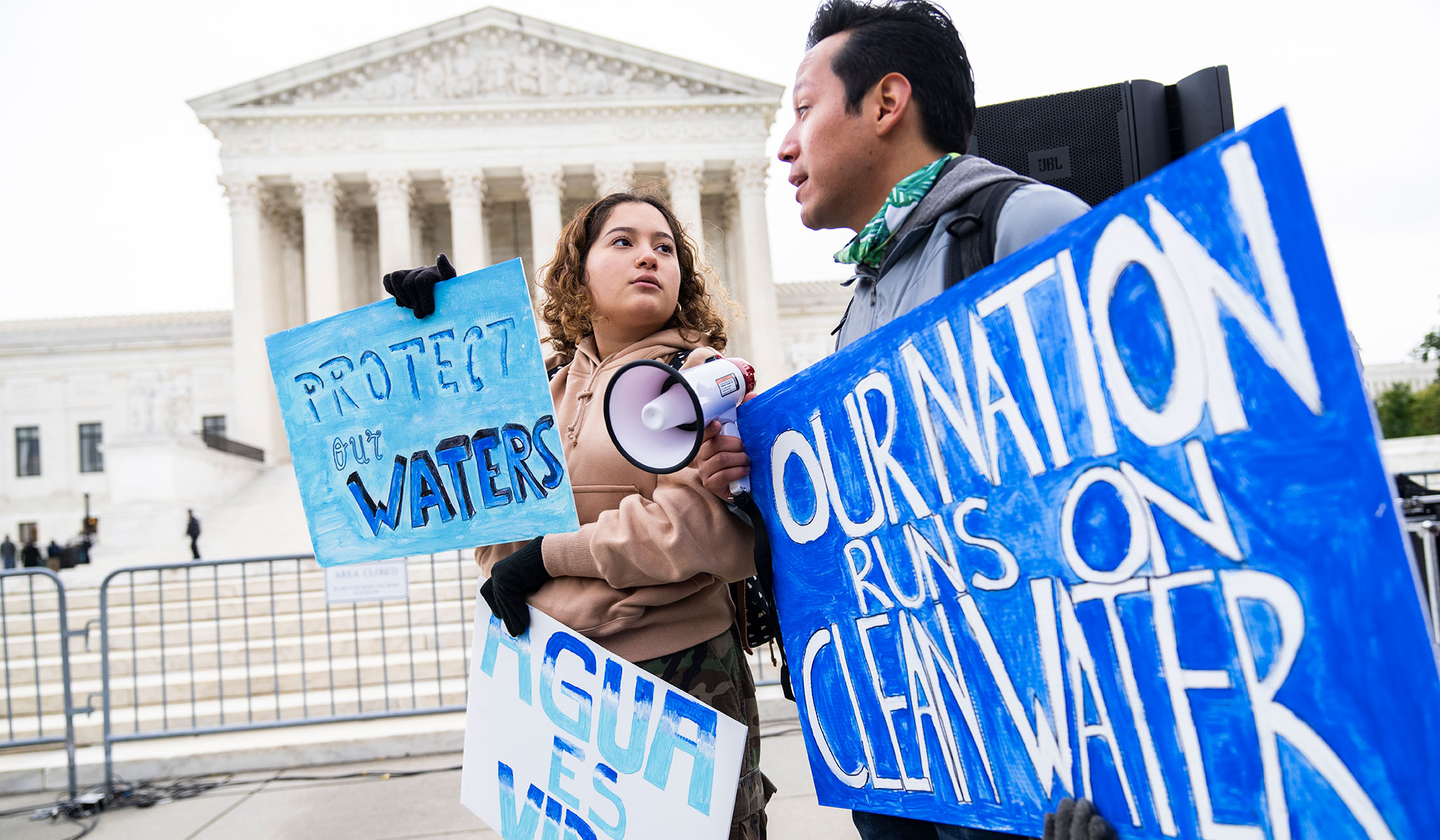


NRPLUS MEMBER ARTICLE O n May 25, the U.S. Supreme Court in Sackett v. EPA unanimously held that the Environmental Protection Agency (EPA) can’t regulate wetlands on the property of an Idaho couple, Michael and Chantell Sackett.
This marks the third time since 2001 that the Court has struck down the regulatory overreach of the EPA and the U.S. Army Corps of Engineers under the Clean Water Act. The previous two cases were Solid Waste Agency of Northern Cook County v. United States Army Corps of Engineers (2001) and Rapanos v. United States (2006).
Instead of learning from their past overreach, the agencies have continued to push vague and overbroad interpretations of what constitutes “waters of the United States” or WOTUS. The meaning of this term is critical because it informs which waters can be regulated under the statute.
This overreach has led to a constant state of confusion for property owners trying to comply with the law.
Fortunately, five of the justices agreed on a new and relatively clear test to help determine when wetlands can be regulated.
Relying on Justice Antonin Scalia’s plurality opinion in Rapanos, they ruled that a wetland must have a continuous surface connection with “a relatively permanent body of water connected to traditional interstate navigable waters.”
Further, they explained that relatively permanent bodies of water are “only those relatively permanent, standing or continuously flowing bodies of water ‘forming geographic[al] features’ that are described in ordinary parlance as ‘streams, oceans, rivers, and lakes.’” In other words, these are waters that most people (if not regulators) would think of as being bodies of water.
If there is a clear demarcation between a wetland and these relatively permanent bodies of water, then the wetland can’t be regulated under the Clean Water Act.
While questions connected to this test will doubtless be the subject of future litigation, it sets out a bright line and makes it more likely that property owners will know whether the law applies to them. This is critical, because in the past, property owners could easily violate the law inadvertently and, as result, be threatened with severe criminal and civil penalties.
Justice Anthony Kennedy wrote in his concurrence in U.S. Army Corps of Engineers v. Hawkes regarding the Clean Water Act, “As Justice Alito has noted in an earlier case, the Act’s reach is ‘notoriously unclear’ and the consequences to landowners even for inadvertent violations can be crushing.”
The statute can often require permits for actions that don’t cause environmental harm and wouldn’t be considered “polluting” in common usage. Farmers, homebuilders, and other property owners are often concerned with compliance not because they want to pollute (as commonly understood) but because they just want to engage in ordinary activities such as plowing land and backfilling lots to build homes.
The majority in Sackett helps to make this important point:
And because the CWA can sweep broadly enough to criminalize mundane activities like moving dirt, this unchecked definition of “the waters of the United States” means that a staggering array of landowners are at risk of criminal prosecution or onerous civil penalties.
In addition to providing much-needed clarity, the majority is also respecting the express will of Congress when it passed the Clean Water Act over 50 years ago by recognizing proper limits on the regulatory reach of the federal government. The statute makes it clear that states are to play the lead role when it comes to addressing water pollution.
Unfortunately, through the constant federal overreach, the EPA and the Corps have sought to usurp this state role. The agencies have acted more like local zoning boards than federal agencies with a limited role.
In doing so, they have overridden states that understand their local water-quality issues far better than D.C. officials. And since they are affected by the pollution, states have the incentive to tackle any genuine problems.
There will inevitably be critics of the majority’s test because the federal government won’t be able to regulate as many alleged “waters” as the agencies would like. For those who believe that the only way to protect the environment is for the federal government to take control of everything, the test will be a concern.
But Congress took the opposite view when it passed the Clean Water Act, placing its faith in states. The Court majority recognized and respected this.
The Sackett opinion is undeniably a landmark case. At long last, property owners have some clarity on what waters are regulated under the Clean Water Act, enabling them to more freely use their land without fear of arbitrary federal-agency enforcement. This is a huge win for property rights, federalism, and the rule of law.
